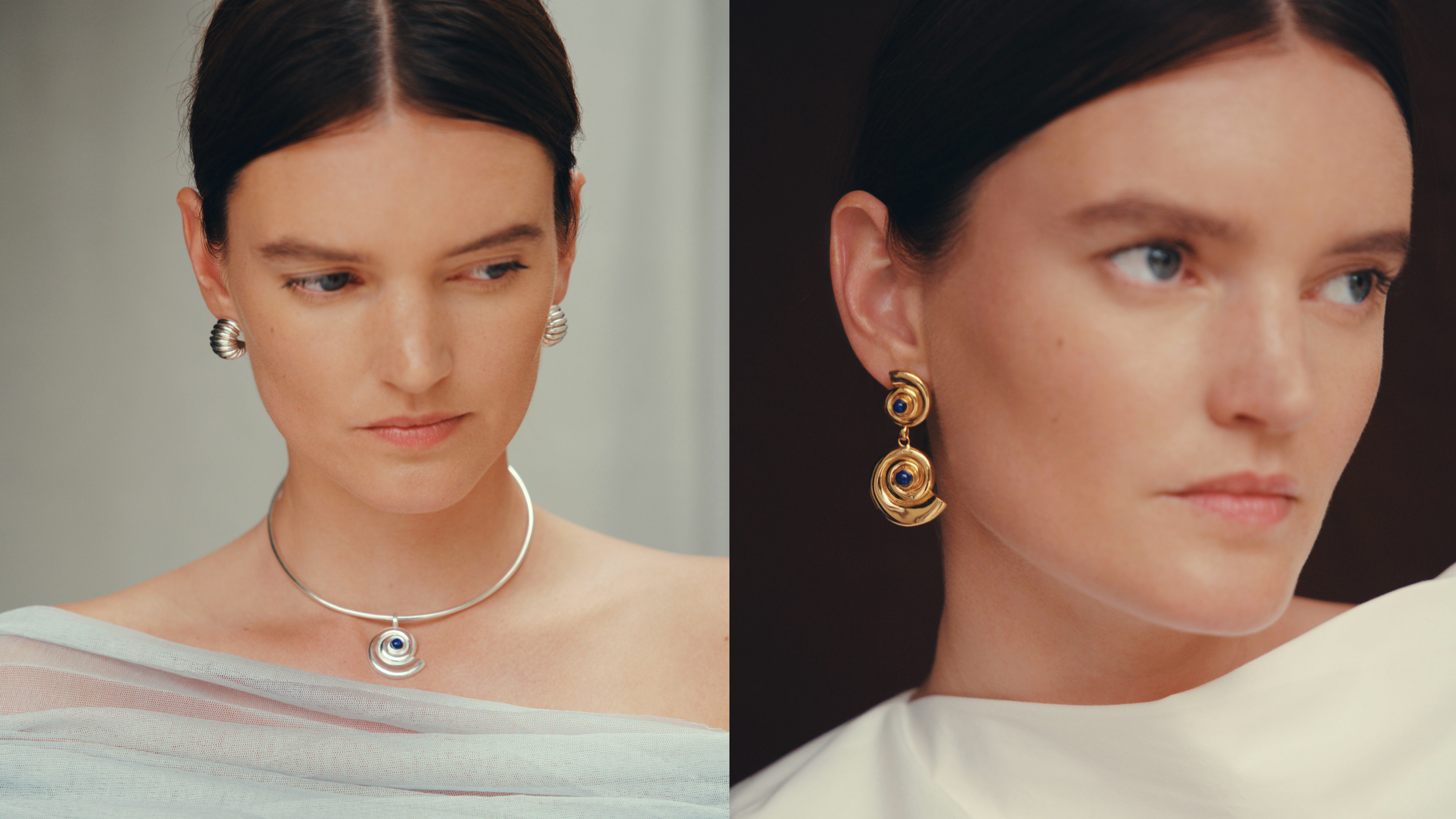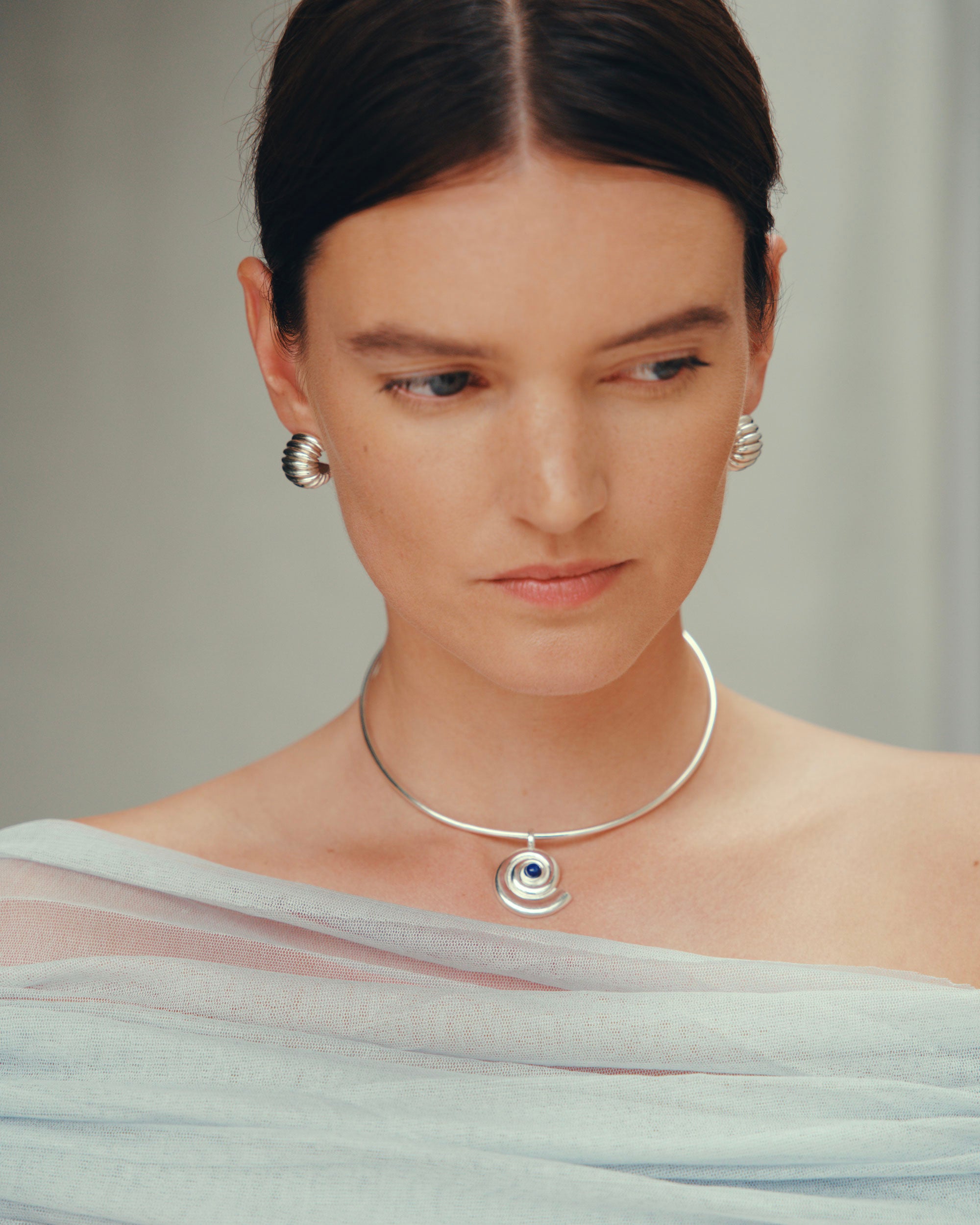

Introducing
Autumn/Winter '24
A celebration of the enduring allure of simple, strong design—crafted for the woman who knows the power of less. A harmonious combination of timeless elegance with modern glamour, redefining contemporary jewellery with an unwavering commitment to timelessness and modern sophistication.
Agathe Earrings












